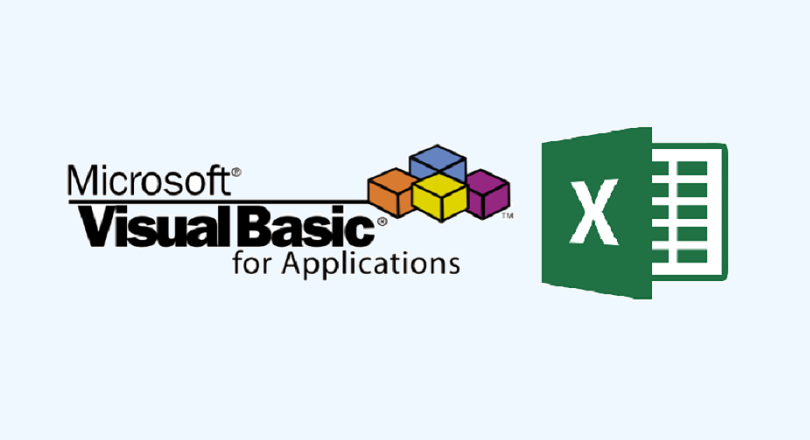
Free eBooks for Beginners
Reading large files in Visual Basic for Applications (VBA) can be a challenge, especially if you are working with large binary files. Binary files are different from text files in that they contain data in binary format, rather than text format. To work with binary files in VBA, you will need to use the Binary mode when opening the file.
When reading large binary files in VBA, it is important to be efficient and avoid reading the entire file into memory at once. Instead, you should read the file in small chunks and process the data as you go. This approach helps to conserve memory and can significantly improve the performance of your VBA code.
Another important aspect of working with large binary files in VBA is calculating file hashes. A file hash is a unique value that is calculated based on the contents of a file. It can be used to verify that the contents of a file have not changed, which is important when working with large files.
There are several different types of file hashes, including MD5, SHA1, and SHA256. Each type of hash uses a different algorithm to calculate the hash value, and the choice of which type to use will depend on your specific needs. In VBA, you can calculate file hashes using the Windows CryptoAPI, which provides a number of functions for working with cryptography and file hashes.
In conclusion, reading large binary files in VBA can be a challenge, but it is an important skill to have if you want to work with large files in VBA. By reading the file in small chunks, you can conserve memory and improve the performance of your code. Additionally, calculating file hashes is an important way to verify the integrity of large files, and it is easily accomplished using the Windows CryptoAPI in VBA. Whether you are a beginner or an experienced VBA user, understanding how to work with large binary files and file hashes will be a valuable addition to your VBA toolkit.
VBA for Beginners – Chapter 27 : Reading Large files in binary in VBA and File Hashes
 Loading...
Loading...
Disclaimer: The information and code presented within this recipe/tutorial is only for educational and coaching purposes for beginners and developers. Anyone can practice and apply the recipe/tutorial presented here, but the reader is taking full responsibility for his/her actions. The author (content curator) of this recipe (code / program) has made every effort to ensure the accuracy of the information was correct at time of publication. The author (content curator) does not assume and hereby disclaims any liability to any party for any loss, damage, or disruption caused by errors or omissions, whether such errors or omissions result from accident, negligence, or any other cause. The information presented here could also be found in public knowledge domains.